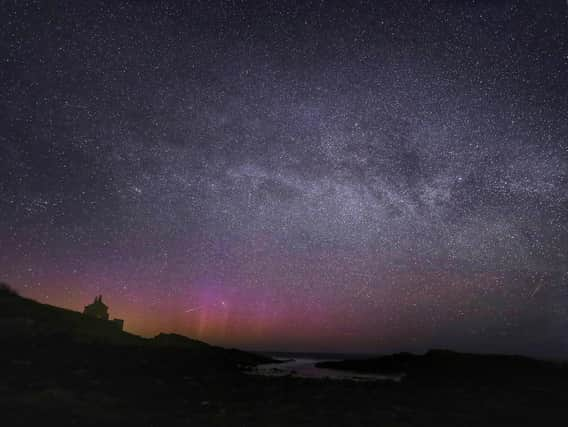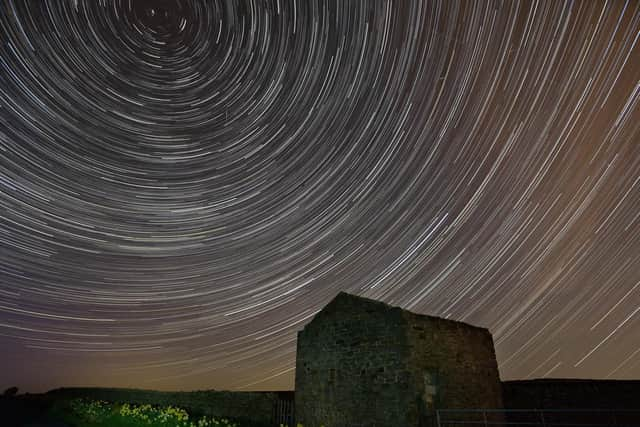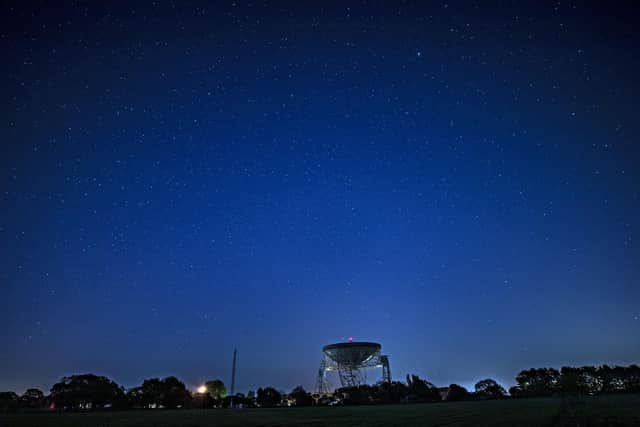Stargazers get another chance to see Lyrid meteor shower


Meteor showers, or shooting stars, are caused when pieces of debris, known as meteorites, enter Earth’s atmosphere at speeds of around 43 miles per second, burning up and causing streaks of light.
The Lyrids takes its name from the constellation of Lyra the Harp, where the shooting stars appear to originate from.
Advertisement
Hide AdAdvertisement
Hide AdThe meteors are pieces of debris falling from the comet called C/1861 G1 Thatcher, which is expected to return to the inner solar system in 2276, after a 415-year orbital period.


East Yorkshire astronomer George McManus said conditions had been ideal for star gazing, with far less atmospheric pollution than usual.
Conditions on Tuesday night were so good that as well as being able to see a couple of shooting stars he got to see the Milky Way.
He said although the peak may have passed, some shooting stars may be visible on Wednesday and Thursday night from around midnight to 2am.
Advertisement
Hide AdAdvertisement
Hide AdThere's still a possibility on Friday night as long as the skies remain clear.


He said: "The moon is coming up later so it doesn't interfere with viewing.
"Because there's much less industrial activity, there is less atmospheric pollution that we have seen for years. These are ideal conditions for stargazing.
"People should look to the northern sky, to the right handside of the 'handle' of the Plough."
Advertisement
Hide AdAdvertisement
Hide AdTania de Sales Marques, an astronomer at the Royal Observatory Greenwich, described the meteors as “basically dirty iceballs that heat up as the comet approaches the Sun, releasing dust and gases into space, and if the Earth, as it moves along its orbit around the Sun, encounters these clouds of dust, then we get a meteor shower.”
The Lyrids occur between April 16 and 25 every year.
Comment Guidelines
National World encourages reader discussion on our stories. User feedback, insights and back-and-forth exchanges add a rich layer of context to reporting. Please review our Community Guidelines before commenting.